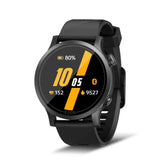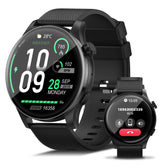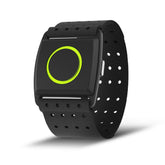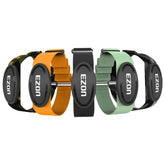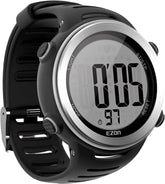How Fitness Trackers Revolutionize Modern Workouts
Modern fitness trackers like GPS running watches have transformed how athletes track speed, elevation, and route accuracy during outdoor activities. Brands like Garmin and Polar use dual-frequency GPS to minimize signal drift in urban areas.
A growing trend is AI fitness coaches that analyze heart rate variability (HRV) and sleep data to create personalized training plans. For example, Whoop 4.0 adjusts workout intensity based on your recovery score from its workout recovery tracker .
Budget-conscious users can explore the best smartwatch under $200 category. Devices like EZON R7 offer SpO2 monitoring and 150+ sports modes while maintaining a 7-day battery life. Their MIP displays ensure sunlight readability – a key feature missing in many OLED rivals.
Wearable technology now integrates with apps like Strava and Apple Health, creating a seamless ecosystem for health data management.
